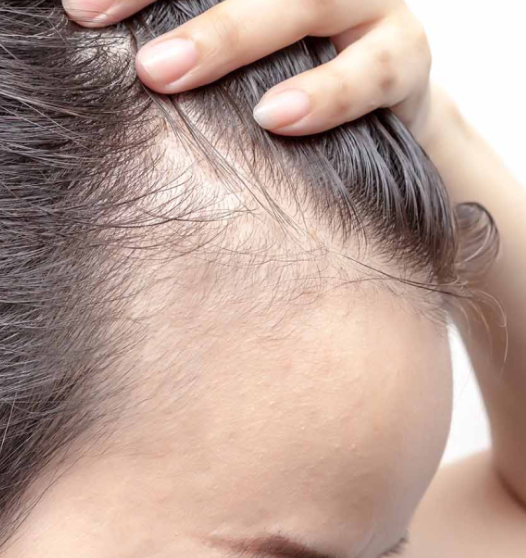Hair loss is a common concern for both men and women, often linked to genetics, aging, or lifestyle factors. Luckily, hair transplant surgery offers an effective solution to restore your hair and confidence. If you’re considering a hair transplant, you may be wondering if you’re a good candidate for the procedure. While clinics in Turkey, such as Vera Clinic, offer high-quality treatments at affordable prices, it’s important to understand the criteria for being an ideal candidate. Here’s what you need to know.
1. You Should Be Over 18
Hair transplant clinics typically require patients to be at least 18 years old. Under this age, your hair growth might not yet be fully developed, and it can be difficult for surgeons to accurately assess your hair loss pattern. If you’re younger, your hair loss may continue to progress over time, potentially leading to the need for multiple procedures in the future. To ensure the best results, it’s recommended to wait until you are in your late 20s or early 30s, when your hair loss pattern is more stable.
2. Healthy Scalp and Overall Health
For a successful transplant, your scalp needs to be healthy. Conditions such as seborrheic dermatitis or alopecia (an autoimmune disorder) can disqualify you from being a good candidate. Alopecia, in particular, affects the hair follicles, resulting in patchy hair loss and a lack of donor hair for the procedure. Additionally, you should be in overall good health, with no serious conditions like diabetes or hypertension that may complicate the surgery. If you have any health concerns, it’s important to discuss them with your surgeon to determine how they may affect the transplant process.
3. Flexible Scalp
Scalp flexibility is an important factor for a successful hair transplant. A loose scalp allows surgeons to easily insert hair follicles into the affected areas. If your scalp is very tight, the transplant may be more challenging, and you may not qualify for the procedure. During your consultation, the surgeon will evaluate your scalp’s flexibility to determine whether a transplant is feasible.
4. Sufficient Hair Follicle Thickness
Your hair follicles must be thick enough for a successful transplant. Terminal hairs, which are healthy hair strands, should fall within a specific range of 60-84 micrometers in diameter. These thick follicles will be harvested and transplanted to the balding areas. If your hair follicles are too thin, it may be difficult to achieve a full and natural-looking result. Your surgeon will assess your hair’s thickness during the consultation to determine if you’re a suitable candidate.
5. Hair and Scalp Color Compatibility
For the best results, the color of your hair should closely match the color of your scalp. Lighter skin tones with blonde hair, for example, tend to blend more seamlessly with the scalp, making it easier to cover bald spots effectively. If your hair color is significantly different from your scalp, more follicle transplants may be necessary to achieve the desired result.
6. Sufficient Funds for the Entire Procedure
Before you proceed with a hair transplant, it’s essential to have the necessary funds to cover the entire treatment process. The procedure requires a financial commitment, as you may need multiple sessions for optimal results. It’s important to discuss all potential costs with your clinic and ensure that you have the budget to complete the full treatment plan, which can take several months to show noticeable results.
Conclusion
Hair transplantation is a popular and effective solution for those dealing with hair loss, but it’s not for everyone. If you meet the criteria outlined above, you may be an ideal candidate for the procedure. By choosing a reputable clinic and ensuring you meet all the requirements, you’ll maximize your chances of achieving natural-looking, long-lasting results. Consult with potential clinics, learn about their techniques, and discuss your options with a qualified surgeon to ensure the best outcome for your hair restoration journey.

发表回复